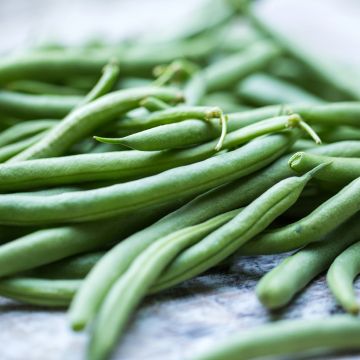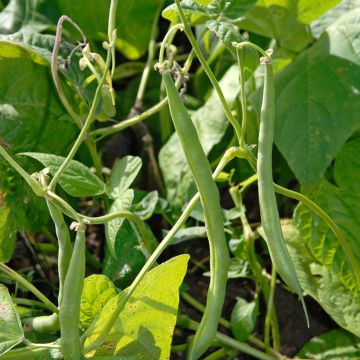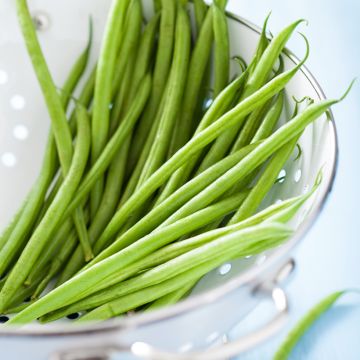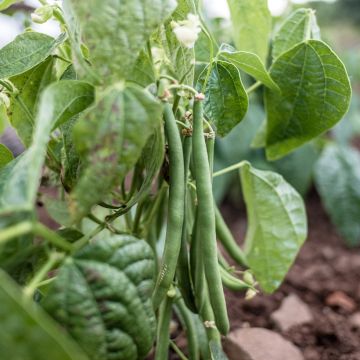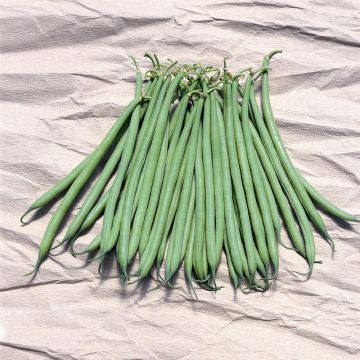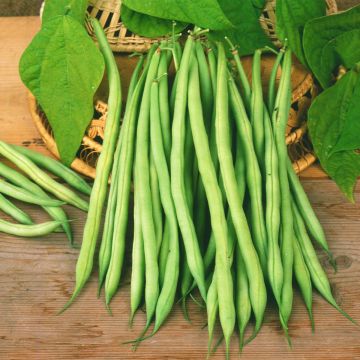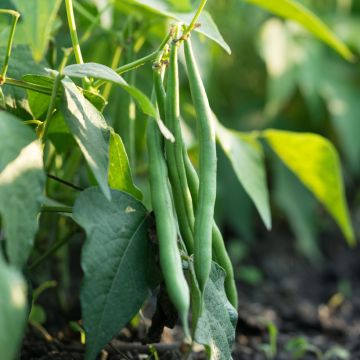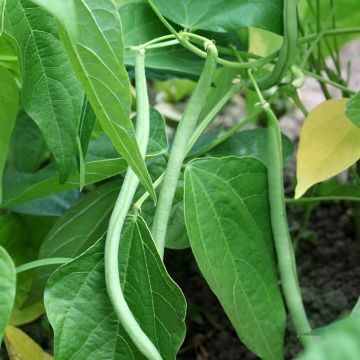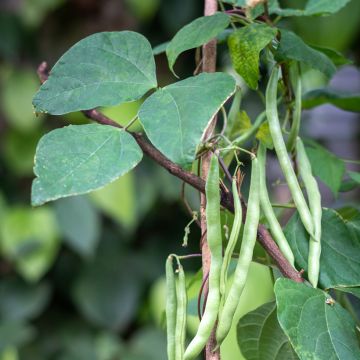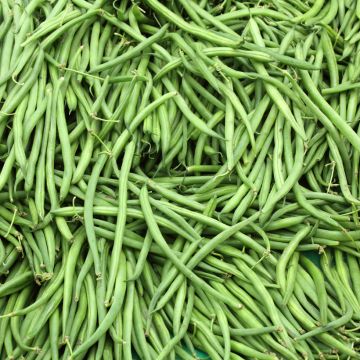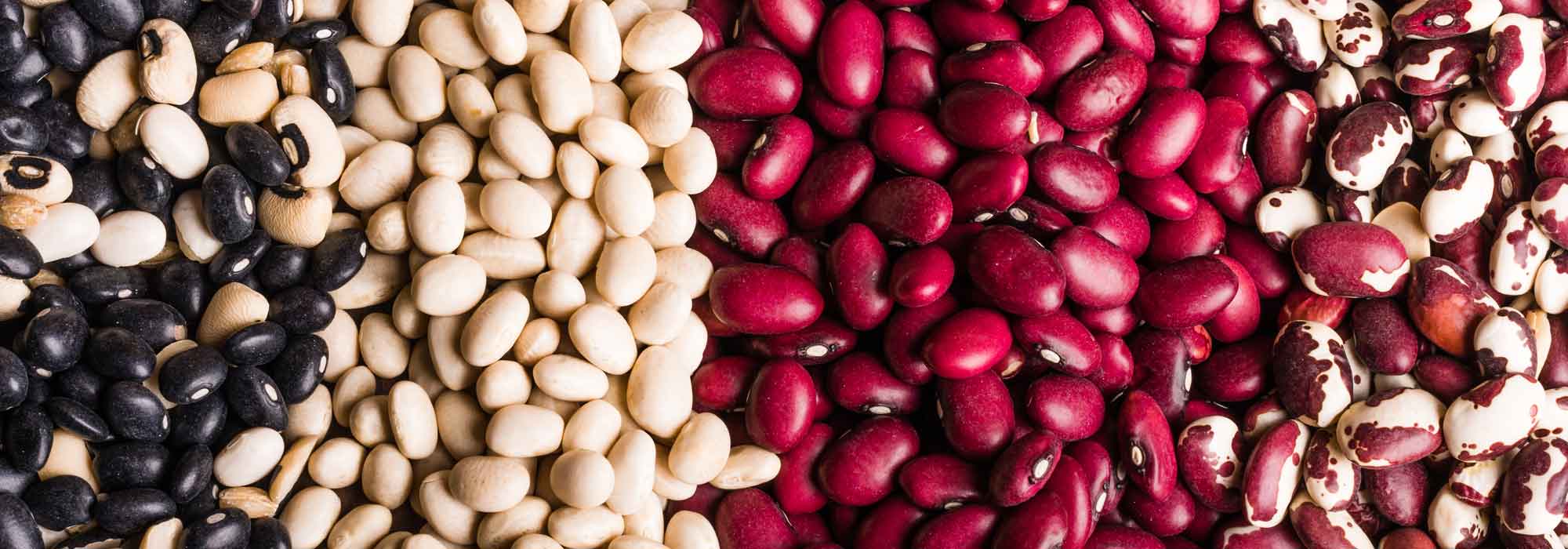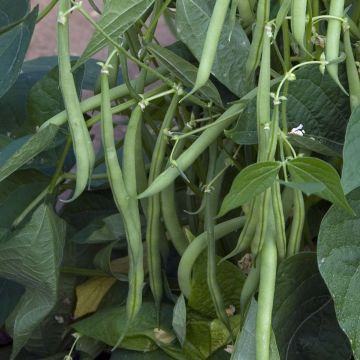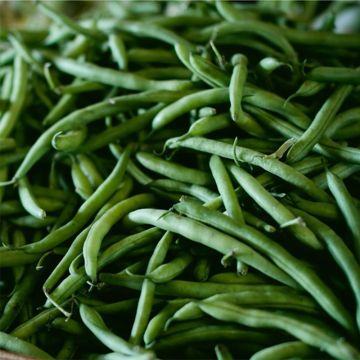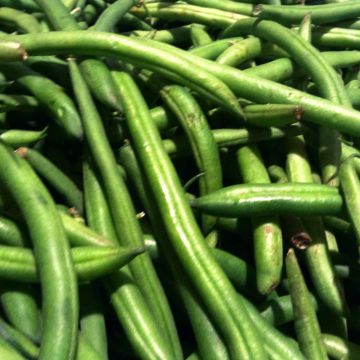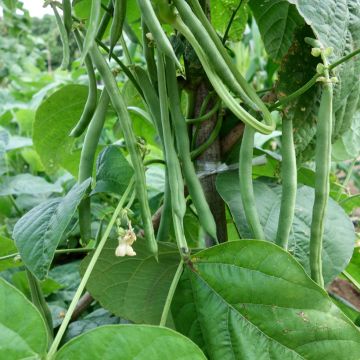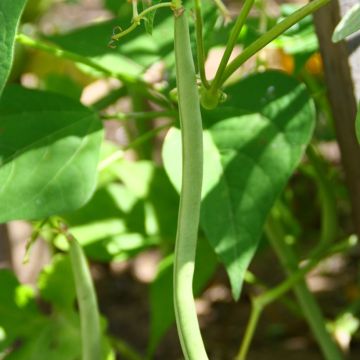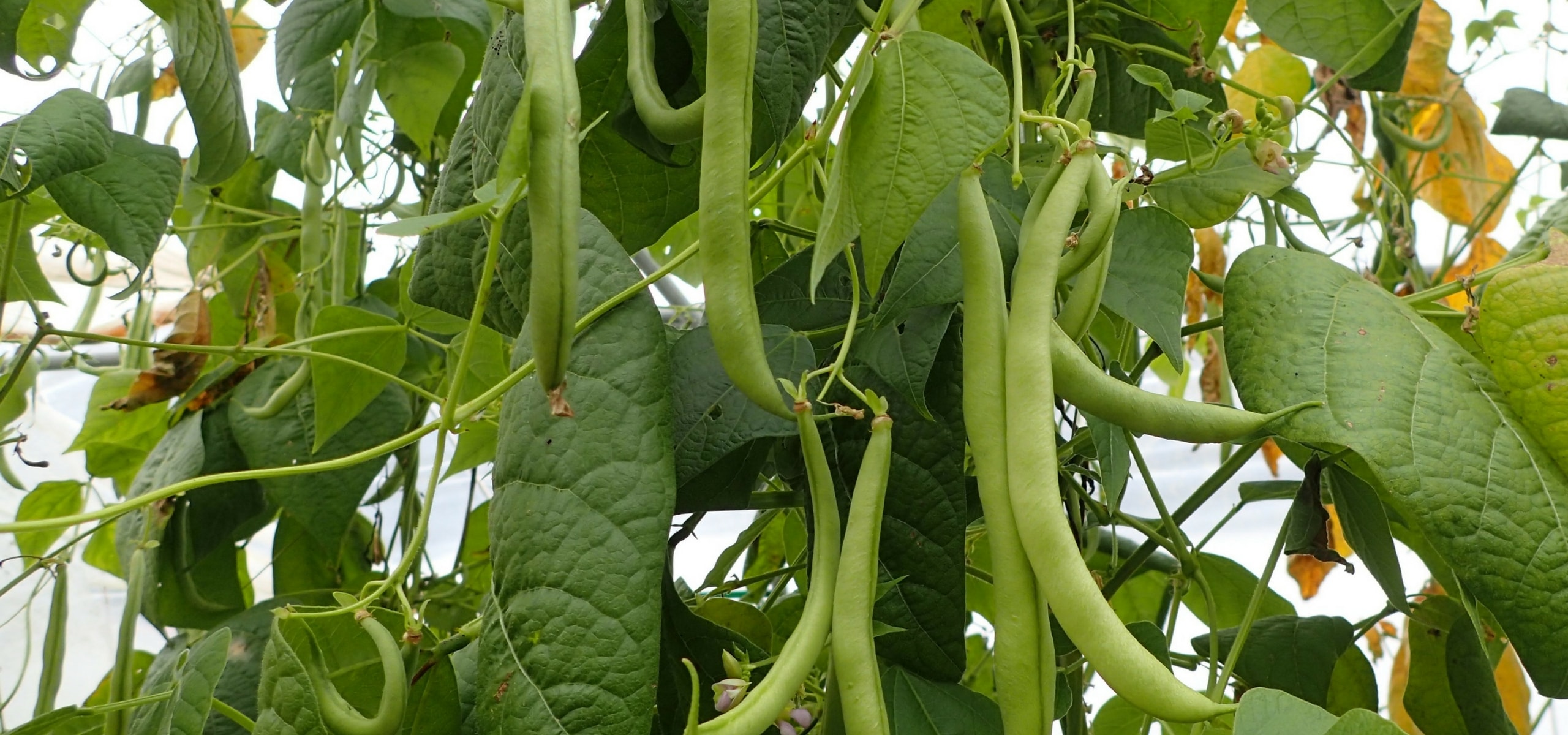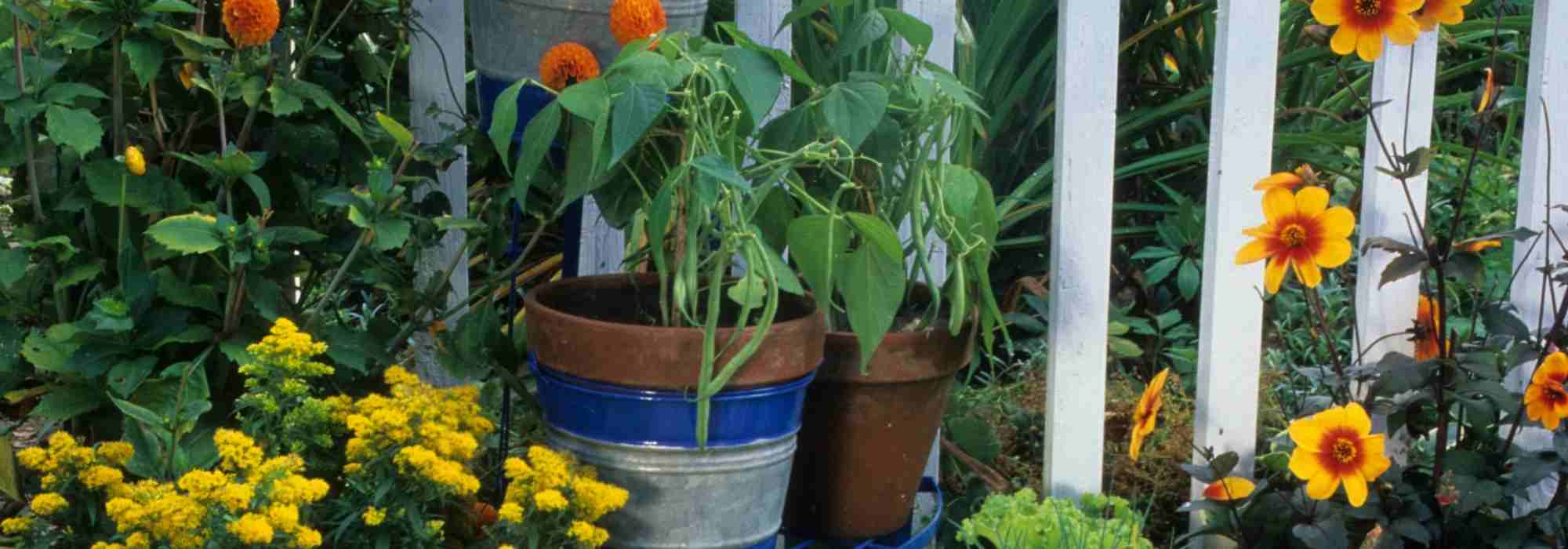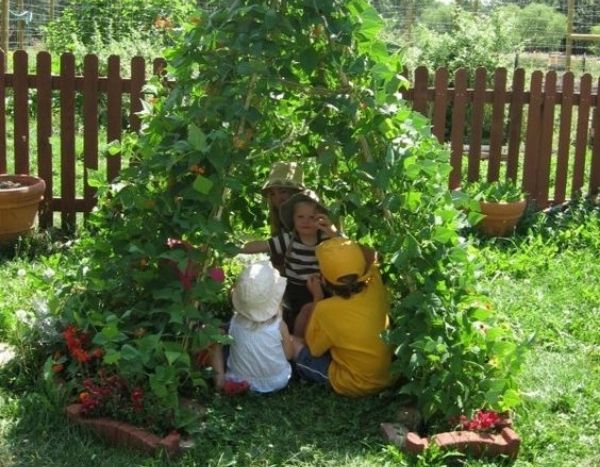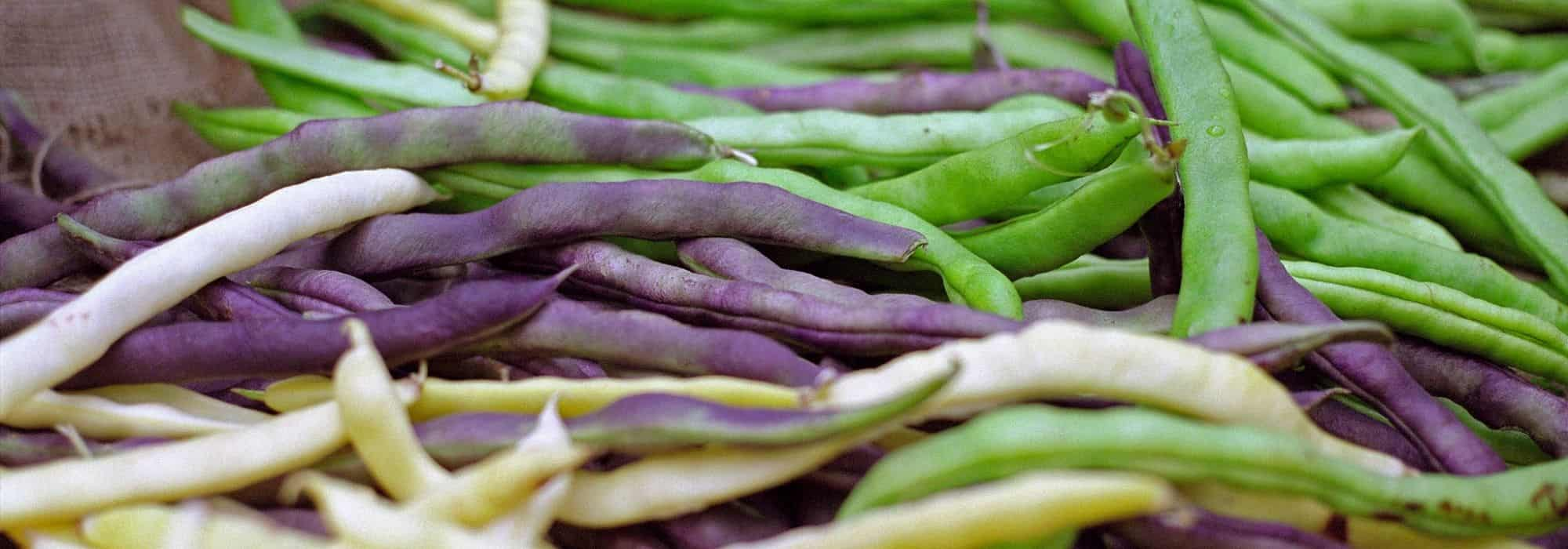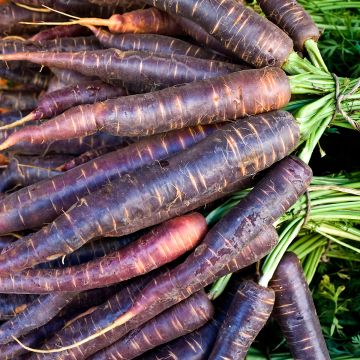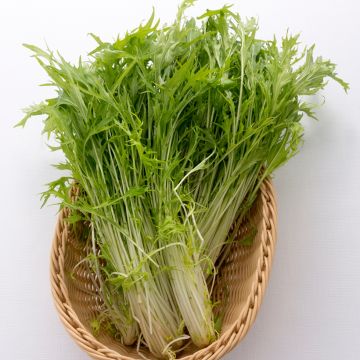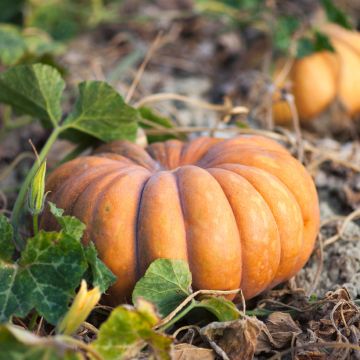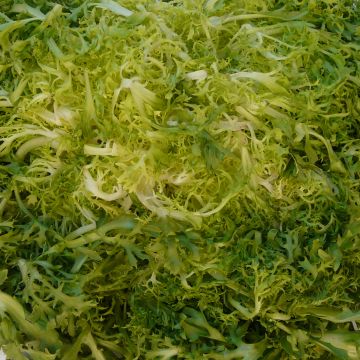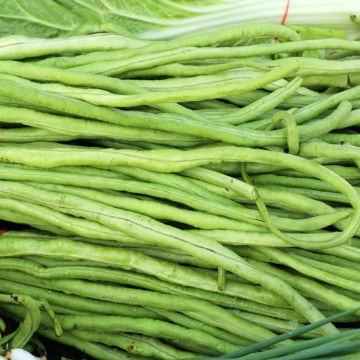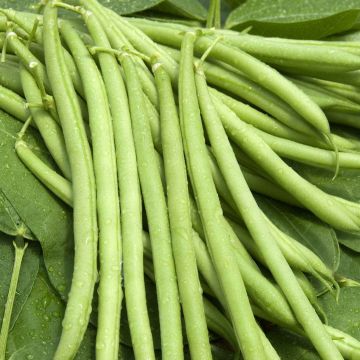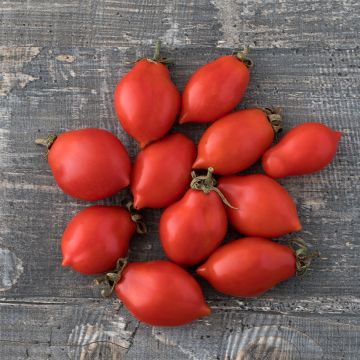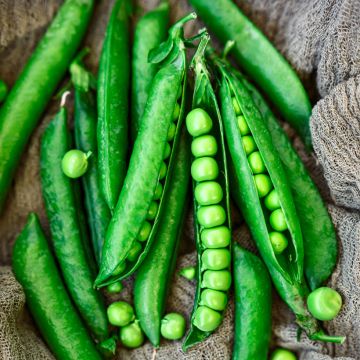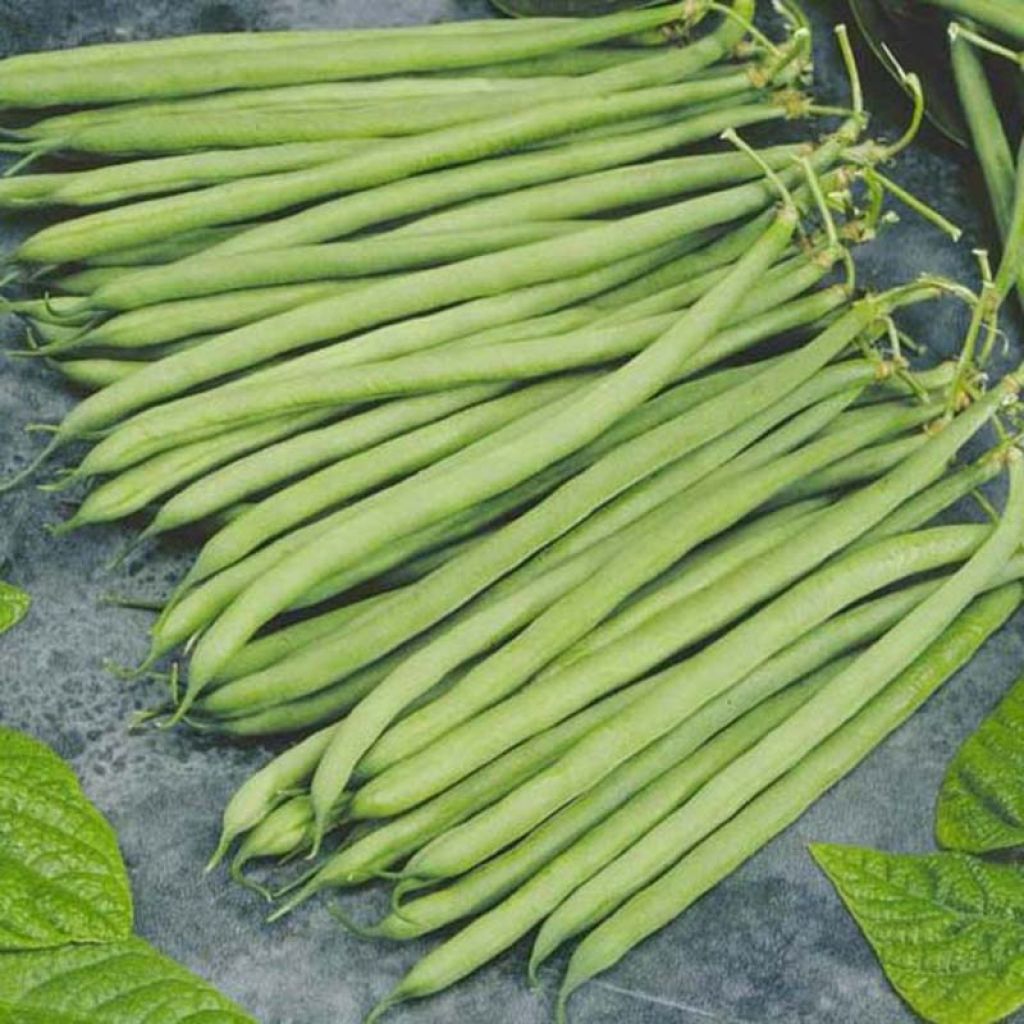

Dwarf Bean with Netting Altona
Dwarf Bean with Netting Altona
Phaseolus vulgaris Altona
Dwarf French Bean
We are far from the tiny 16 to 20 cm (6 to 8in) plants, same for the beans. I wonder when I see the photo, is it really Altona?
andrew, 24/07/2020
Special offer!
Receive a €20 voucher for any order over €90 (excluding delivery costs, credit notes, and plastic-free options)!
1- Add your favorite plants to your cart.
2- Once you have reached €90, confirm your order (you can even choose the delivery date!).
3- As soon as your order is shipped, you will receive an email containing your voucher code, valid for 3 months (90 days).
Your voucher is unique and can only be used once, for any order with a minimum value of €20, excluding delivery costs.
Can be combined with other current offers, non-divisible and non-refundable.
Why not try an alternative variety in stock?
View all →This plant carries a 6 months recovery warranty
More information
We guarantee the quality of our plants for a full growing cycle, and will replace at our expense any plant that fails to recover under normal climatic and planting conditions.
Description
The Altona Bean is a dwarf variety known for its very fine pods, which are 18 to 20 cm (7 to 8in) long, straight, and round in cross-section. They are very tasty andbest eaten at the extra fine stage and do not form any strings or parchment. This variety is perfectly suited for freezing and canning and is resistant to diseases. Sow from May to July and harvest in August and September.
Whether grown for their pods or beans, French beans are loved in gardens because they are very easy to grow. They are so reliable that the gardener knows the exact date to harvest, 60 days after sowing.
Discovered in the New World and acclimatised in Europe starting from the 16th century, beans have now become an essential legume in diets all over the world. Native Americans cultivated it for its dried seeds, but it was the Italians who first ate the whole, immature pods in the 18th century.
Beans are climbers with indeterminate growth. Primitive varieties are all climbing and require support. Later, for practical reasons, dwarf varieties were selected, but all of them have tendrils that can wrap around a support.
The pods are usually green, sometimes yellow, striped with red, or even purple. Among the varieties that are eaten at the fine or extra fine stage, there are string beans that develop strings when mature. Then the pod becomes parchment-like and loses its taste.
The snap bean is generally more fleshy and can be consumed entirely, both the seeds and the pods, even when mature. The more recently created stringless - snap beans can be consumed while young and extra fine, or when more fleshy like a snap bean, as they do not develop strings.
Among shelling varieties (where only the seeds are consumed), a distinction is made between harvesting fresh beans and harvesting dry seeds, which is done 90 days after sowing.
Immature green pods are rich in vitamins A, B9, and C, as well as trace elements and minerals. Dry beans are also very rich in vitamin C, trace elements, and vegetable proteins.
Harvesting: Harvesting of fresh beans or young pods begins 60 days after sowing. For fresh beans, it must be done before the pods start to dry and develop wrinkles. The beans should have barely taken on any colour. For pod consumption, harvesting should take place every 2 or 3 days, both at the fine and extra fine stages for string beans. Harvesting of dry beans is done by cutting the entire plant, which is then hung in a dry and well-ventilated place. They can be shelled as needed.
Storage: Freezing pods is currently the most common method of preservation. To do this, remove the stem ends, wash, blanch for 5 to 6 minutes in boiling water, then plunge into cold water and dry on a clean towel. the beans can be kept in the freezer at -18 °C. However, canning is regaining popularity among a growing number of consumers due to the taste qualities associated with this preservation method. Like freezing, remove the stem ends, wash, blanch, and then plunge the beans into cold water. Put them in jars and fill them with boiling salted water. Seal the jars and sterilise them in a pressure cooker or with a steriliser for 1 hour 30 minutes over medium heat. To do this, completely cover the jars with water after securely closing them.
Dry beans: completely dry beans can be stored for up to a year if stored in good conditions, such as in airtight jars.
Gardener's tip: Beans, like all members of the Fabaceae family, can fix nitrogen from the air in the soil through a plant-bacteria symbiosis. They can regenerate soils. Beans can be included in crop rotations after green manure.
Beans are not very demanding in nutrients. Traditionally, beans are grown with squash and corn in Central and South America, forming a mutually beneficial trio. This association is known as three sisters. Beans also pair well with aubergines, carrots, cabbage, potatoes, and radishes, as they protect each other. However, avoid planting them near onions or fennel, as their growth is inhibited.
A spray of nettle manure effectively controls aphids and strengthens the plants.
Harvest
Plant habit
Foliage
Botanical data
Phaseolus
vulgaris
Altona
Fabaceae
Dwarf French Bean
Cultivar or hybrid
Annual
Other String beans
View all →Planting and care
Soil preparation: Beans like light, moist, but not wet, nutrient-rich soils. However, it does not like soils that are too chalky or too acidic. Prepare the soil by deep digging to a depth of 20 cm (8in) without turning the soil, then add compost or well-rotted manure. Do not sow beans in soil that has been recently limed, as this causes hardening and reduces the taste quality of the pod.
Sowing under glass: Under glass or in tunnels, bean sowing can begin as early as mid-March. Beans are sensitive to cold, so the soil needs to have reached a minimum of 15°C (59°F). The covers should be facing south or west and only ventilated during the warm hours of the day. Remove the protection only when frost is no longer a concern.
Sowing in open ground: Sowing should be done from April or May when the soil is sufficiently warmed up and there is no longer a risk of frost. Dig furrows 3 to 4 cm (1 to 2in) deep and 40 cm (16in) apart. Sow your seeds 5 to 7 cm (2 to 3in) apart, or in groups of 4 to 5 seeds, 40 cm (16in) apart in all directions. Cover the soil and lightly firm it with a rake. When the plants reach a height of 20 cm (8in), mound up the plants to provide support.
The first harvests are ready approximately 60 days after sowing and can continue until the end of October. Sow beans every 15 days for a continuous harvest until the end of autumn.
There are different types of support for climbing beans: the Canadian tent, the tipi, on nets or grids. Any tall structure can be used as an attractive support for this type of bean.
Seedlings
Care
Intended location
Planting & care advice
-
, onOrder confirmed
Reply from on Promesse de fleurs
Similar products
Haven't found what you were looking for?
Hardiness is the lowest winter temperature a plant can endure without suffering serious damage or even dying. However, hardiness is affected by location (a sheltered area, such as a patio), protection (winter cover) and soil type (hardiness is improved by well-drained soil).

Photo Sharing Terms & Conditions
In order to encourage gardeners to interact and share their experiences, Promesse de fleurs offers various media enabling content to be uploaded onto its Site - in particular via the ‘Photo sharing’ module.
The User agrees to refrain from:
- Posting any content that is illegal, prejudicial, insulting, racist, inciteful to hatred, revisionist, contrary to public decency, that infringes on privacy or on the privacy rights of third parties, in particular the publicity rights of persons and goods, intellectual property rights, or the right to privacy.
- Submitting content on behalf of a third party;
- Impersonate the identity of a third party and/or publish any personal information about a third party;
In general, the User undertakes to refrain from any unethical behaviour.
All Content (in particular text, comments, files, images, photos, videos, creative works, etc.), which may be subject to property or intellectual property rights, image or other private rights, shall remain the property of the User, subject to the limited rights granted by the terms of the licence granted by Promesse de fleurs as stated below. Users are at liberty to publish or not to publish such Content on the Site, notably via the ‘Photo Sharing’ facility, and accept that this Content shall be made public and freely accessible, notably on the Internet.
Users further acknowledge, undertake to have ,and guarantee that they hold all necessary rights and permissions to publish such material on the Site, in particular with regard to the legislation in force pertaining to any privacy, property, intellectual property, image, or contractual rights, or rights of any other nature. By publishing such Content on the Site, Users acknowledge accepting full liability as publishers of the Content within the meaning of the law, and grant Promesse de fleurs, free of charge, an inclusive, worldwide licence for the said Content for the entire duration of its publication, including all reproduction, representation, up/downloading, displaying, performing, transmission, and storage rights.
Users also grant permission for their name to be linked to the Content and accept that this link may not always be made available.
By engaging in posting material, Users consent to their Content becoming automatically accessible on the Internet, in particular on other sites and/or blogs and/or web pages of the Promesse de fleurs site, including in particular social pages and the Promesse de fleurs catalogue.
Users may secure the removal of entrusted content free of charge by issuing a simple request via our contact form.
The flowering period indicated on our website applies to countries and regions located in USDA zone 8 (France, the United Kingdom, Ireland, the Netherlands, etc.)
It will vary according to where you live:
- In zones 9 to 10 (Italy, Spain, Greece, etc.), flowering will occur about 2 to 4 weeks earlier.
- In zones 6 to 7 (Germany, Poland, Slovenia, and lower mountainous regions), flowering will be delayed by 2 to 3 weeks.
- In zone 5 (Central Europe, Scandinavia), blooming will be delayed by 3 to 5 weeks.
In temperate climates, pruning of spring-flowering shrubs (forsythia, spireas, etc.) should be done just after flowering.
Pruning of summer-flowering shrubs (Indian Lilac, Perovskia, etc.) can be done in winter or spring.
In cold regions as well as with frost-sensitive plants, avoid pruning too early when severe frosts may still occur.
The planting period indicated on our website applies to countries and regions located in USDA zone 8 (France, United Kingdom, Ireland, Netherlands).
It will vary according to where you live:
- In Mediterranean zones (Marseille, Madrid, Milan, etc.), autumn and winter are the best planting periods.
- In continental zones (Strasbourg, Munich, Vienna, etc.), delay planting by 2 to 3 weeks in spring and bring it forward by 2 to 4 weeks in autumn.
- In mountainous regions (the Alps, Pyrenees, Carpathians, etc.), it is best to plant in late spring (May-June) or late summer (August-September).
The harvesting period indicated on our website applies to countries and regions in USDA zone 8 (France, England, Ireland, the Netherlands).
In colder areas (Scandinavia, Poland, Austria...) fruit and vegetable harvests are likely to be delayed by 3-4 weeks.
In warmer areas (Italy, Spain, Greece, etc.), harvesting will probably take place earlier, depending on weather conditions.
The sowing periods indicated on our website apply to countries and regions within USDA Zone 8 (France, UK, Ireland, Netherlands).
In colder areas (Scandinavia, Poland, Austria...), delay any outdoor sowing by 3-4 weeks, or sow under glass.
In warmer climes (Italy, Spain, Greece, etc.), bring outdoor sowing forward by a few weeks.






























